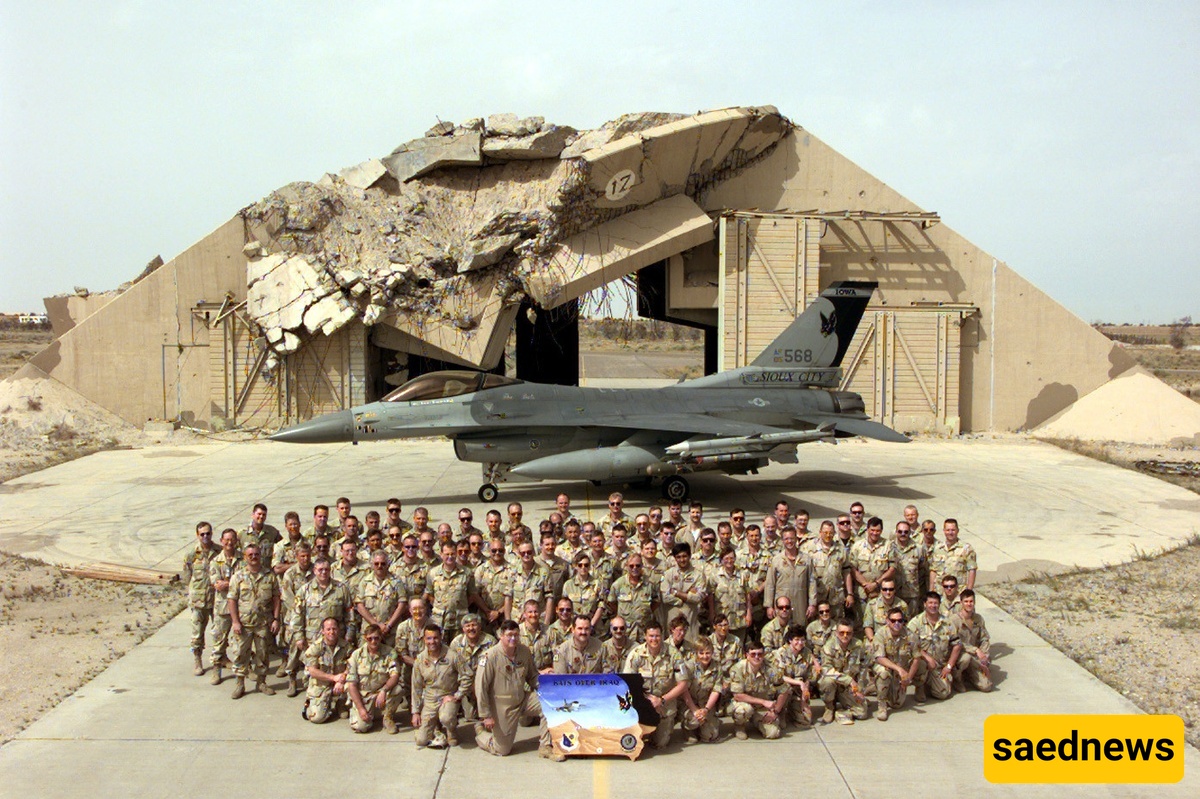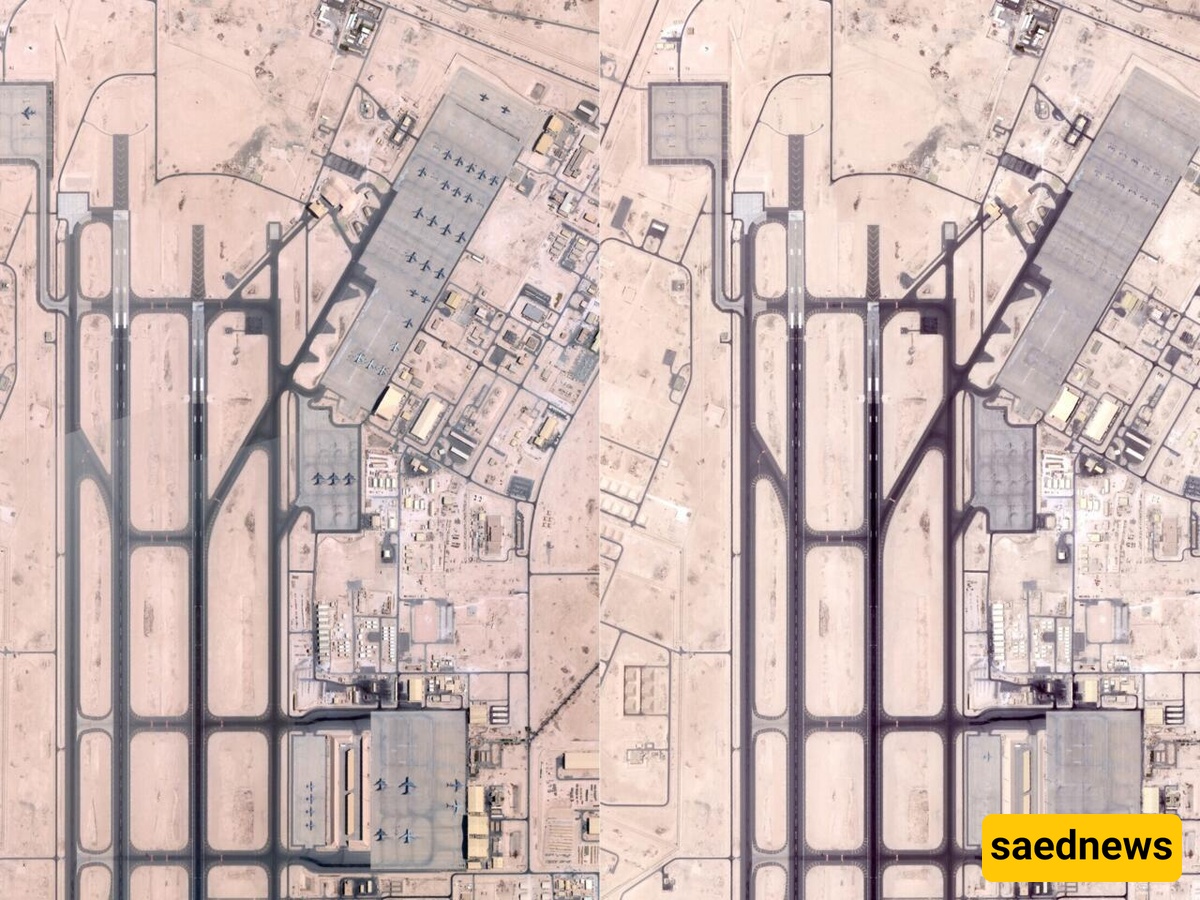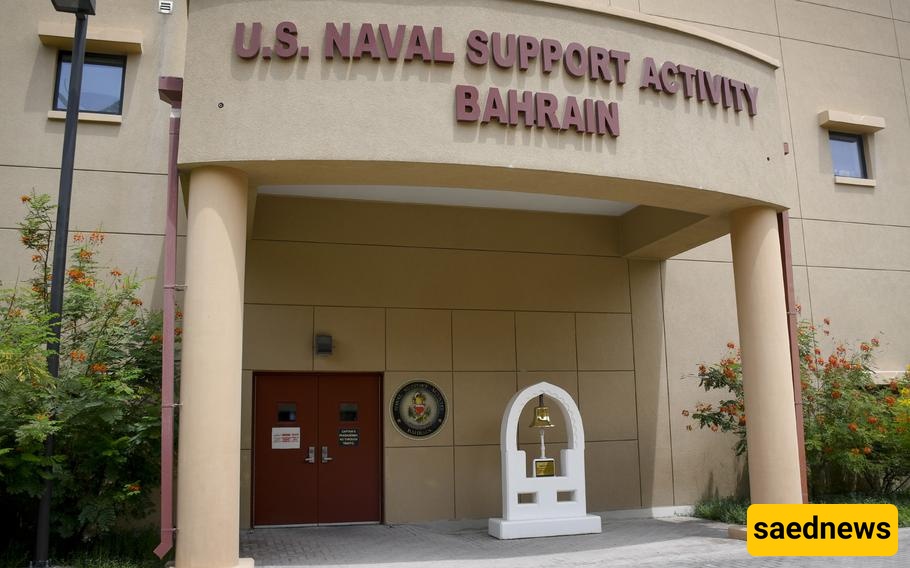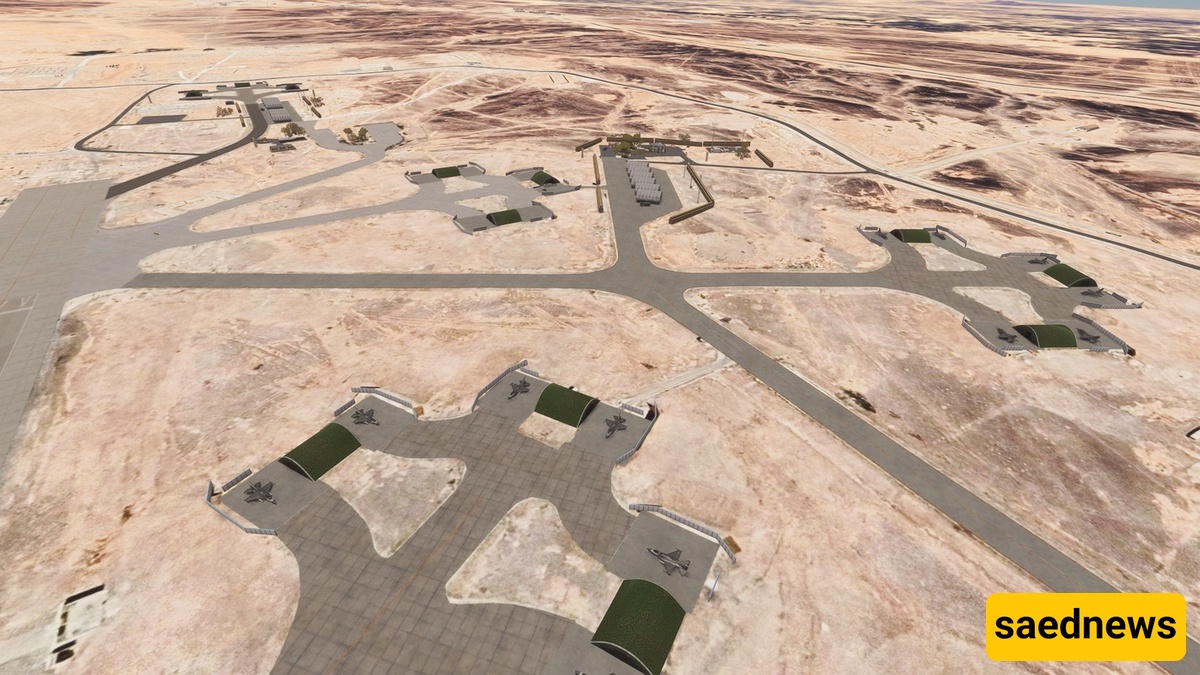SAEDNEWS: As tensions flare following Donald Trump’s declaration of U.S. involvement in Israel’s war against Iran, questions loom over which American bases and personnel across the Middle East could be targeted in Tehran’s potential retaliation.

According to Saed News, the Islamic Republic of Iran is evaluating potential targets across the Middle East as the region braces for retaliatory strikes. The developments follow a dramatic escalation in hostilities after former U.S. President Donald Trump confirmed American airstrikes on Iran’s nuclear facilities in Fordow, Natanz, and Isfahan.
Al Jazeera has reported that, prior to the Israeli-led assault on Iranian territory, Washington authorized the voluntary departure of diplomatic staff from its embassy in Iraq. Similar evacuation advisories were issued to American personnel stationed in Bahrain, Kuwait, and the United Arab Emirates. In a statement issued last Wednesday, Trump defended the precautionary measures, warning that the region “could become a dangerous place.”
The United States has maintained a military presence in the Middle East for decades, with approximately 40,000 to 50,000 troops stationed across at least 19 active locations. According to the Council on Foreign Relations, eight of these are permanent installations situated in Bahrain, Egypt, Iraq, Jordan, Kuwait, Qatar, Saudi Arabia, and the UAE.
U.S. military involvement in the Middle East began in earnest in July 1958, when American forces were dispatched to Beirut during the Lebanon crisis. At the height of that intervention, 15,000 marines and soldiers were on the ground. Today’s presence is equally substantial, involving a combination of large, permanent bases and smaller forward-operating sites.
The countries with the largest concentration of American forces include Qatar, Bahrain, Kuwait, the UAE, and Saudi Arabia. These installations play a vital role in supporting U.S. aerial and naval operations, intelligence activities, logistical coordination, and rapid response capabilities.
Established in 1996, Al Udeid is the largest U.S. military base in the region, housing around 10,000 troops and approximately 100 aircraft, including drones. It serves as the headquarters for U.S. Central Command (CENTCOM) and has played a critical role in American operations across Iraq, Syria, and Afghanistan. However, recent Pentagon decisions have led to a strategic redeployment of assets from Al Udeid to Prince Sultan Air Base in Saudi Arabia. The relocation included 22 KC-135 Stratotanker refueling aircraft, 53 F-15 and F-16 fighter jets, and 10 C-130 transport planes.

This naval base is located at the site of the former British HMS Jufair and hosts nearly 9,000 Department of Defense personnel, both military and civilian. It is home to the U.S. Navy’s Fifth Fleet, providing maritime security across a wide swath of the Gulf and Arabian Sea.

Situated roughly 55 kilometers southeast of Kuwait City, Camp Arifjan has served since 1999 as a logistics and operations hub for U.S. military activities across the region. It remains central to CENTCOM’s command structure and deployment logistics.

This base is a strategic reconnaissance and intelligence facility, hosting advanced aircraft such as the F-22 Raptor, surveillance drones, and AWACS (Airborne Warning and Control System) platforms. Al Dhafra plays a crucial role in supporting combat air operations and monitoring regional activity.

Used primarily for operations in northern Iraq and Syria, this installation supports U.S. cooperation with Kurdish and Iraqi forces, offering logistical and aerial backing.

Home to multiple U.S. F-16 squadrons since 1997, this base has recently undergone significant upgrades. Satellite imagery suggests the site now hosts MQ-9 Reaper drones. The U.S. has also deployed missile interception systems to the base, intending to use it as a forward shield against Iranian missile and UAV threats—particularly those targeting Israel.

With Iran promising to retaliate, the question is no longer whether U.S. military installations might be targeted—but when, and which ones. The extensive American military infrastructure in the region, once a symbol of deterrence and dominance, now risks becoming the focal point of a wider conflict.

